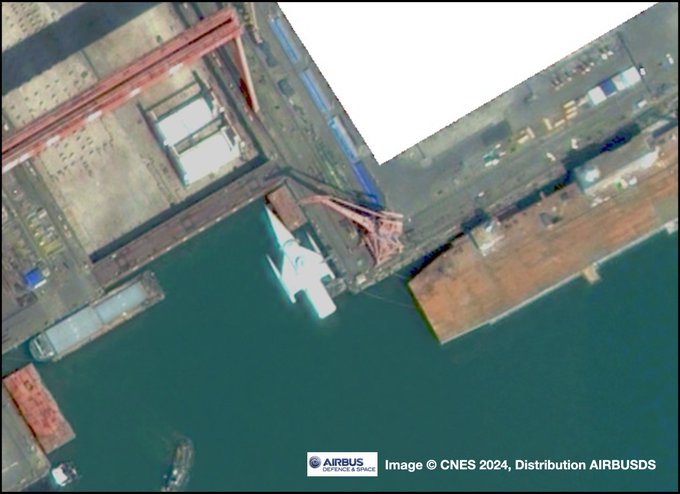By Matthew P. Funaiole*
The Chinese defense industrial base continues to churn out ever larger and more capable warships at a stunning pace. New satellite imagery of China’s sprawling Changxing Island Shipbuilding Base shows rapid progress on the construction of the first Yulan-class landing helicopter assault (LHA) ship. Dubbed the Type 076, the vessel represents a substantial step forward in the ability of the People’s Liberation Army (PLA) to project power farther from China’s shores. (The Center for International Maritime Safety.)


